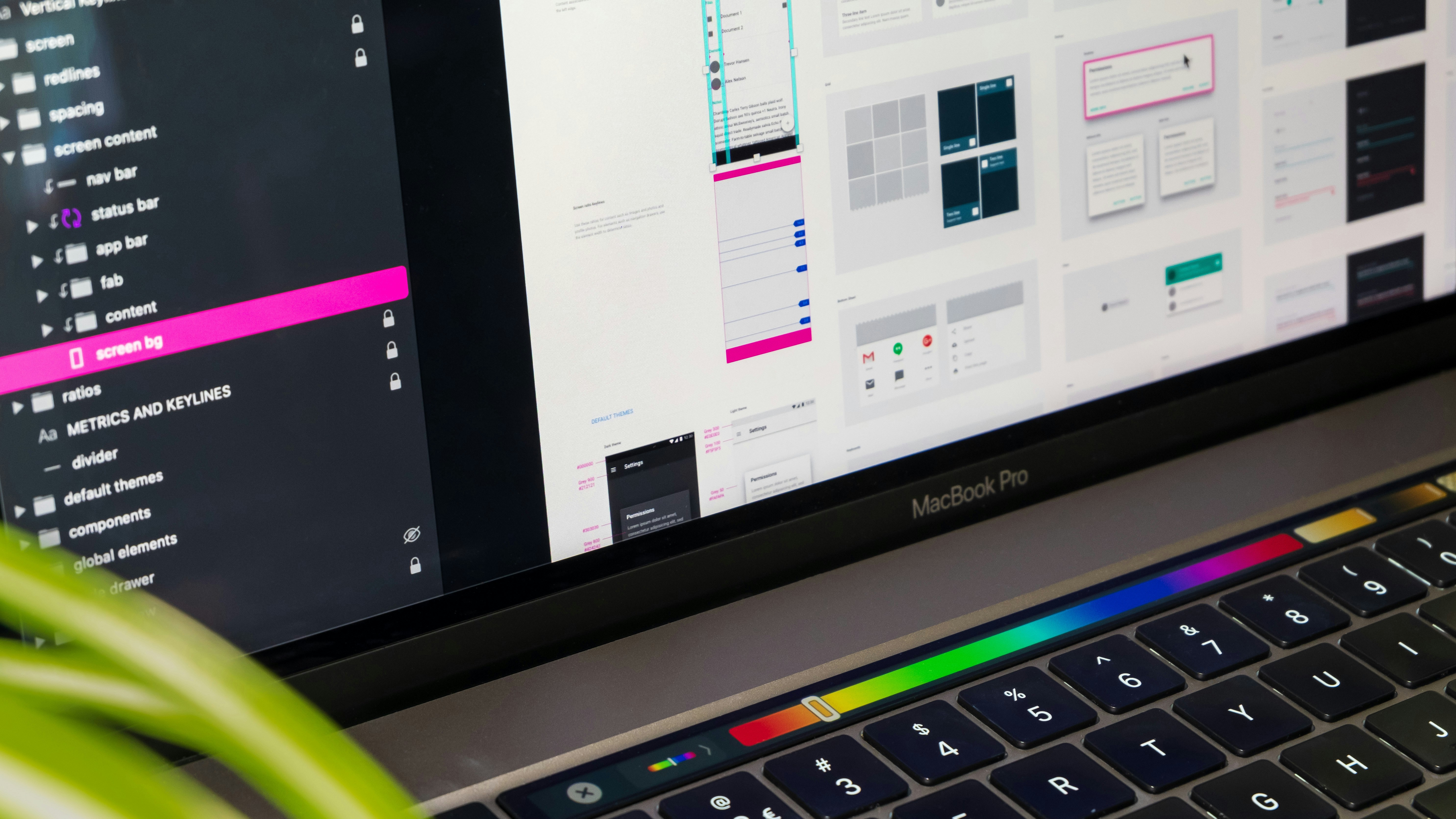Balancing Aesthetics and Functionality in UI
Reading time
6
Writer for
David Johnson
Published date
Category
UI design is about more than just making things look good; it's about creating interfaces that are intuitive, efficient, and enjoyable to use. While aesthetics play a crucial role in attracting users and establishing brand identity, functionality is equally important for ensuring that users can accomplish their goals quickly and easily. Finding the right balance between aesthetics and functionality is key to creating successful UI designs that delight users and drive business results.
Strategies for Balancing Aesthetics and Functionality:
User-Centered Design: Start by understanding the needs, preferences, and behaviors of your target users. Conduct user research, gather feedback, and create user personas to inform your design decisions. By putting users at the center of the design process, you can ensure that your UI design meets their needs and expectations.
Simplify and Streamline: Strive for simplicity and clarity in your UI design. Remove unnecessary clutter and distractions, and focus on presenting information and functionality in a clear and organized manner. Keep navigation straightforward and intuitive to minimize cognitive load and enhance usability.
Visual Hierarchy: Use visual hierarchy to guide users' attention and prioritize important elements on the screen. Employ techniques such as size, color, contrast, and typography to create a clear hierarchy of information and actions. By making key elements stand out, you can help users quickly identify what they need and take action accordingly.
Consistency and Standards: Maintain consistency across your UI design to provide a cohesive and familiar experience for users. Use consistent styling, layout, and interaction patterns throughout your interface to create a sense of continuity and predictability. Adhere to established design standards and conventions to ensure that users can easily understand and navigate your interface.
Iterate and Test: Continuously iterate on your UI designs based on user feedback and testing. Conduct usability testing to identify pain points and areas for improvement, and use this feedback to refine your designs iteratively. By testing early and often, you can uncover usability issues before they become major problems and ensure that your UI design meets the needs of your users effectively.



